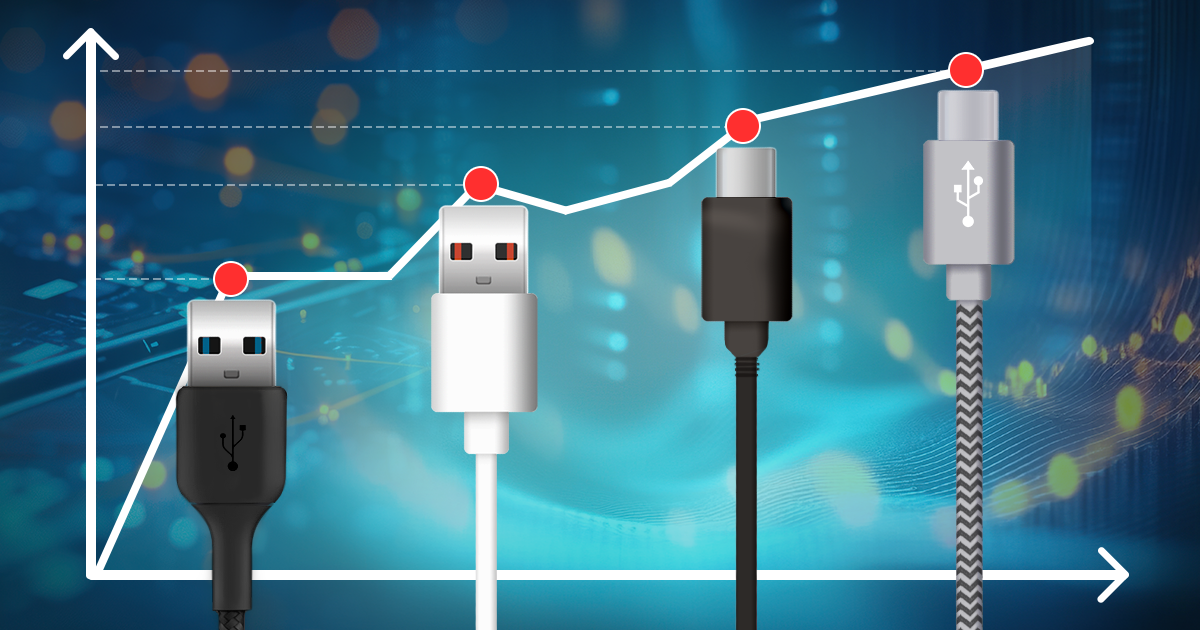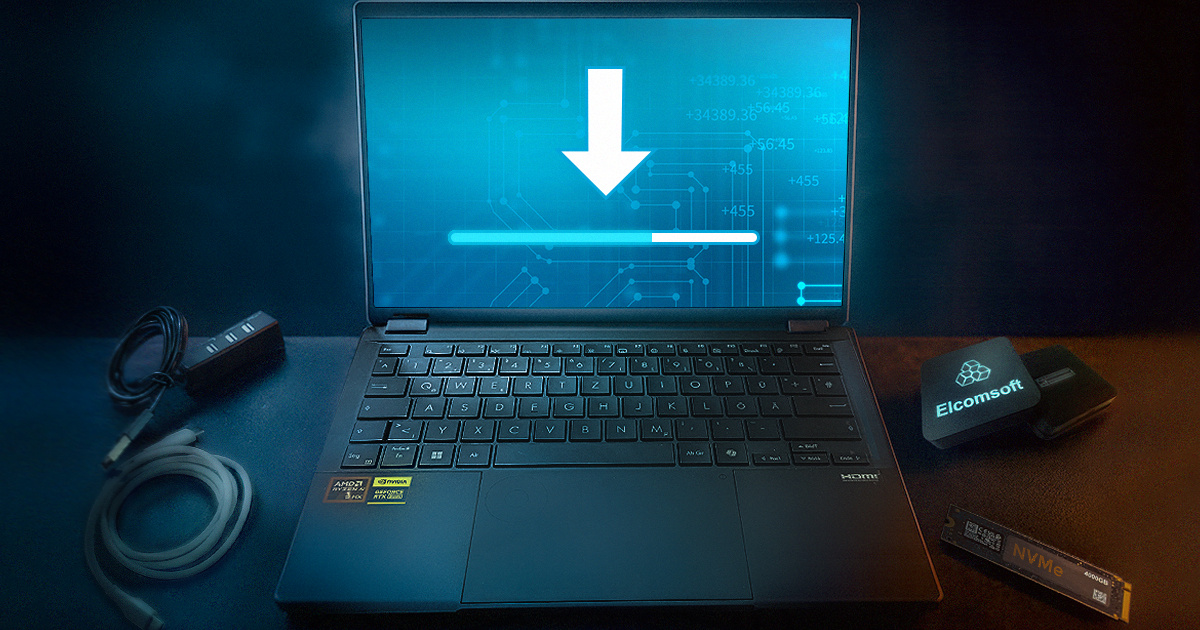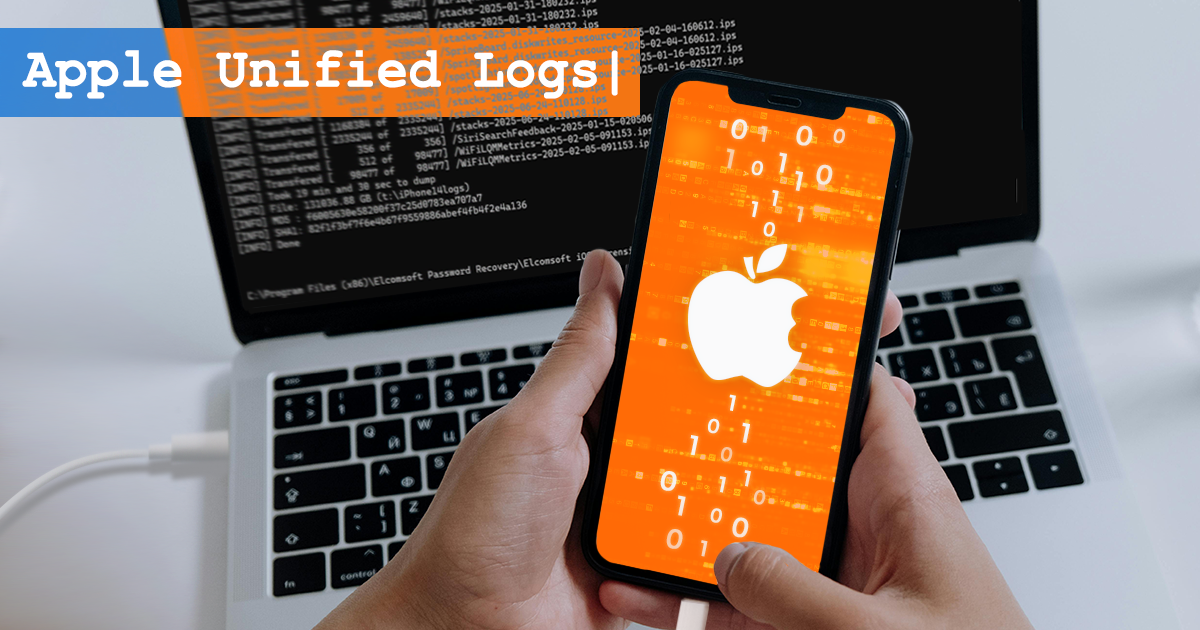The new generation of jailbreaks has arrived for iPhones and iPads running iOS 12. Rootless jailbreaks offer experts the same low-level access to the file system as classic jailbreaks – but without their drawbacks. We’ve been closely watching the development of rootless jailbreaks, and developed full physical acquisition support (including keychain decryption) for Apple devices running iOS 12.0 through 12.1.2. Learn how to install a rootless jailbreak and how to perform physical extraction with Elcomsoft iOS Forensic Toolkit.
The two recent jailbreaks, unc0ver and Electra, have finally enabled file system extraction for Apple devices running iOS 11.4 and 11.4.1. At this time, all versions of iOS 11 can be jailbroken regardless of hardware. Let’s talk about forensic consequences of today’s release: keychain and file system extraction.
WhatsApp remains one of the most popular instant messengers. With more than 1.5 billion users and about half billion daily active users, WhatsApp sends over 100 billion messages per day. WhatsApp is secure thanks to end-to-end encryption to make intercepted messages impossible to decrypt. While this is great news to consumers and privacy advocates, it is also bad news for the law enforcement. Once an expert accepts to access the suspect’s WhatsApp communication history, they will struggle with the encryption and demand for a vendor-provided backdoor (WhatsApp: The Bad Guys’ Secret Weapon).
In Apple’s world, the keychain is one of the core and most secure components of macOS, iOS and its derivatives such as watchOS and tvOS. The keychain is intended to keep the user’s most valuable secrets securely protected. This includes protection for authentication tokens, encryption keys, credit card data and a lot more. End users are mostly familiar with one particular feature of the keychain: the ability to store all kinds of passwords. This includes passwords to Web sites (Safari and third-party Web browsers), mail accounts, social networks, instant messengers, bank accounts and just about everything else. Some records (such as Wi-Fi passwords) are “system-wide”, while other records can be only accessed by their respective apps. iOS 12 further develops password auto-fill, allowing users to utilize passwords they stored in Safari in many third-party apps.
Apple, EDPR, EIFT, Elcomsoft Distributed Password Recovery, Elcomsoft iOS Forensic Toolkit, Elcomsoft Phone Breaker, Elcomsoft Phone Digger, Elcomsoft Phone Viewer, EPB, EPD, iCloud, iOS, iTunes, jailbreak, keychain, Keychain Access, macOS
Health data is among the most important bits of information about a person. Health information is just as sensitive as the person’s passwords – and might be even more sensitive. It is only natural that health information is treated accordingly. Medical facilities are strictly regulated and take every possible security measure to restrict access to your medical records.
Heartrate, sleeping habits, workouts, steps and walking routines are just a few things that come to mind when we speak of Apple Health. Introduced in September 2014 with iOS 8, the Apple Health app is pre-installed on all iPhones. The app makes use of low-energy sensors, constantly collecting information about the user’s physical activities. With optional extra hardware (e.g. Apple Watch), Apple Health can collect significantly more information. In this article we’ll talk about the types of evidence collected by Apple Health, how they are stored and how to extract the data. (more…)
In today’s usage scenarios, messaging are not entirely about the text. Users exchange pictures and short videos, voice recordings and their current locations. These types of data are an important part of conversation histories; they can be just as valuable evidence as the text content of the chat.
Working in a mobile forensic company developing tools for iCloud forensics, logical and physical extraction of iPhone devices, we don’t live another day without being asked if (or “how”) we can help remove iCloud lock from a given iPhone. Without throwing a definite “yes” or “no” (or “just buy this tool”), we’ve decided to gather everything we know about bypassing, resetting and disabling iCloud activation lock on recent Apple devices.
The release of iOS 11.4.1 back in July 2018 introduced USB Restricted Mode, a feature designed to defer passcode cracking tools such as those developed by Cellerbrite and Grayshift. As a reminder, iOS 11.4.1 automatically switches off data connectivity of the Lightning port after one hour since the device was last unlocked, or one hour since the device has been disconnected from a USB accessory or computer. In addition, users could manually disable the USB port by following the S.O.S. mode routine.
Cloud analysis is arguably the future of mobile forensics. Whether or not the device is working or physically accessible, cloud extraction often allows accessing amounts of information far exceeding those available in the device itself.


